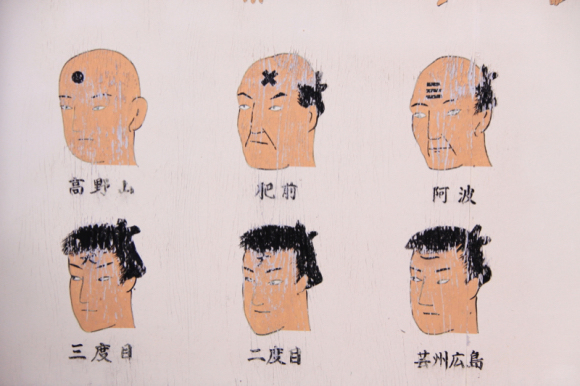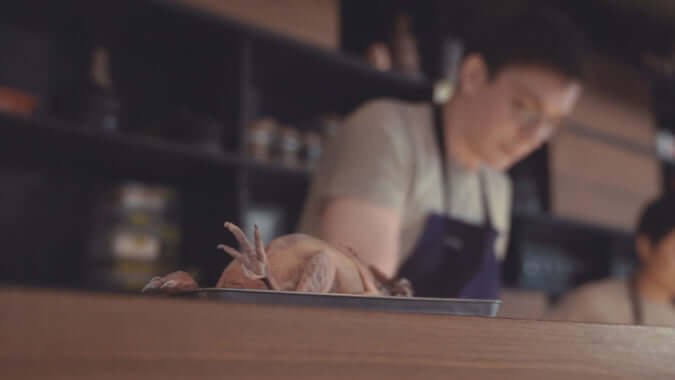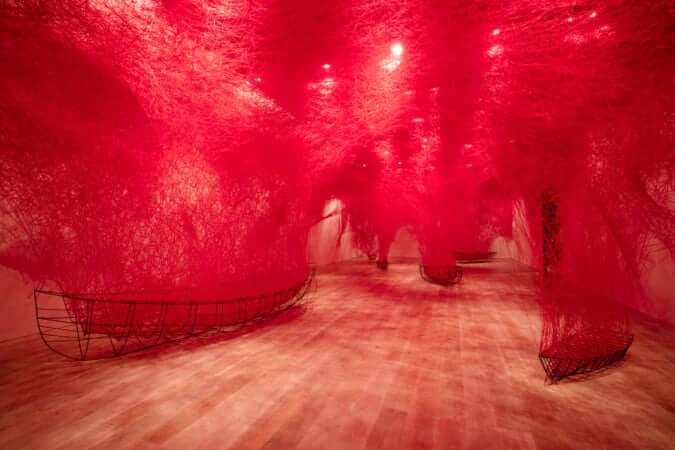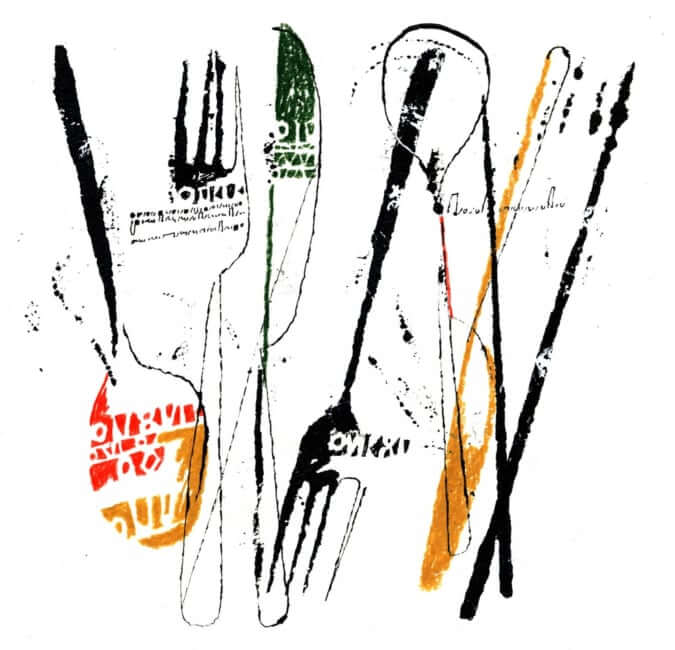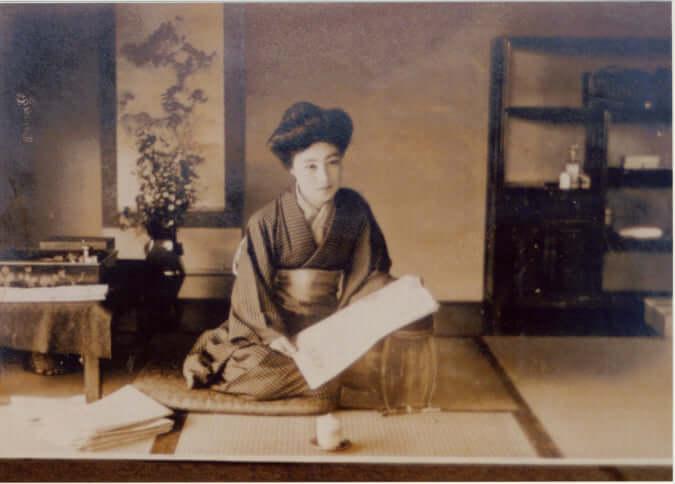Katsumi Watanabe’s ‘Gangs of Kabukicho’, the Birth of a District
Born just before the end of the war, the photographer saw the subsequent emergence of Tokyo's infamous red light district, Kabukicho.
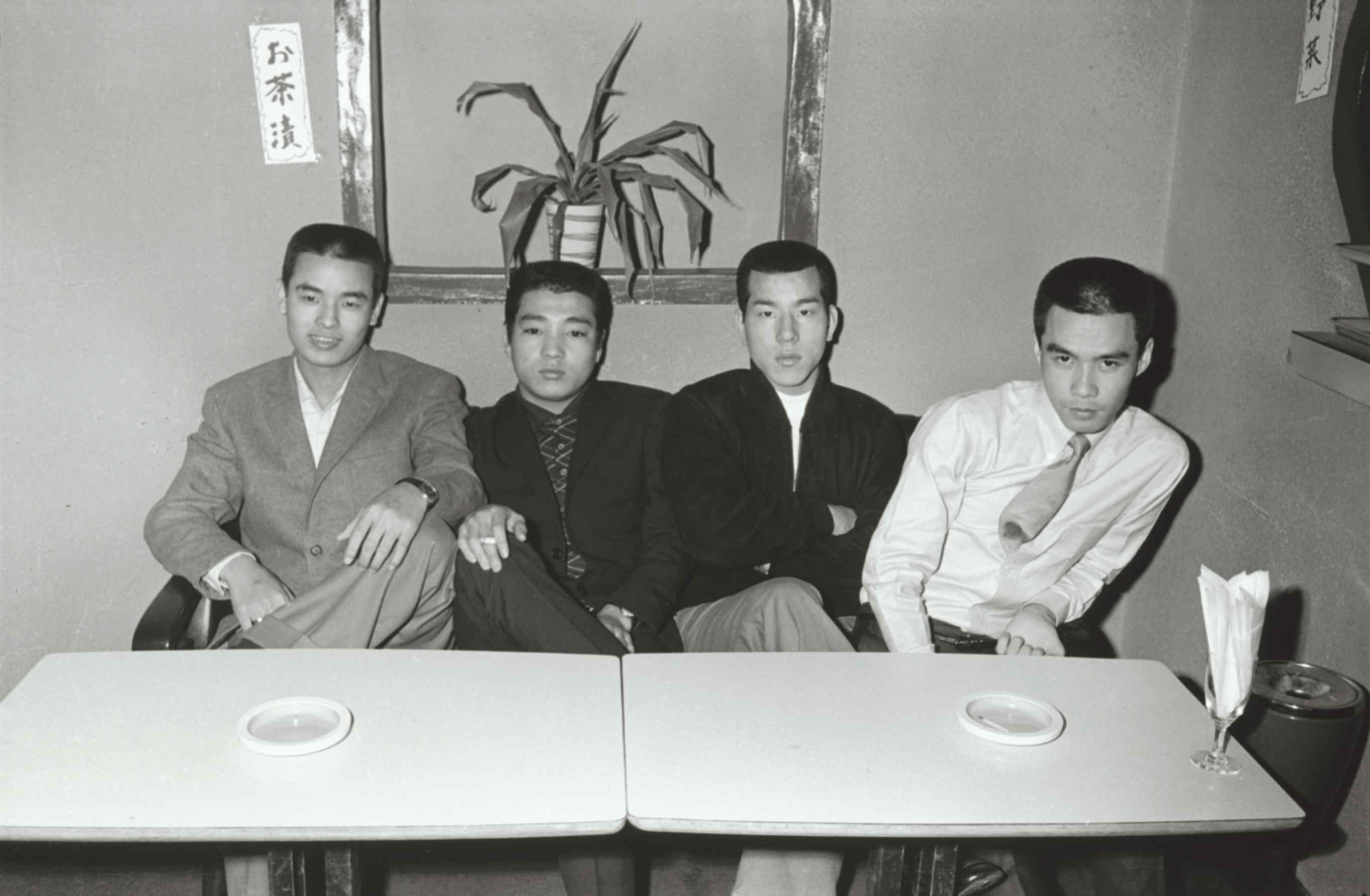
Watanabe Katsumi, c.1980s, courtesy of Andrew Roth Inc, New York
Katsumi Watanabe is probably best known for his work in Shinjuku’s red light district, Kabukicho, in Tokyo. Between 1966 and 1980 he took hundreds of black-and-white portraits, capturing the sex workers, dancers, drag queens, and yakuza members who frequented Kabukicho by night. The images are stark and frank in their monochrome, captured under the impact of a strobe flash.
In 2006, the year of Katsumi Watanabe’s death, the gallery Andrew Roth staged an exhibition of 55 images from the series Gangs of Kabukicho. The exhibition was accompanied by the reedition of the 1973 photobook published by PPP Editions, which reproduces 155 of the iconic images and includes an essay on the rich history of Shinjuku that Katsumi Watanabe pays homage to.
Born in 1941, Katsumi Watanabe is one of Japan’s most iconic photographers. An itinerant portrait photographer, throughout his career he worked primarily in Shinjuku in Tokyo, making a living from selling his portraits back to his subjects for a modest sum. It was in the 1970s that the photographer began to receive critical acclaim, with other iconic artists such as Daido Moriyama and Nobuyoshi Araki hailing him as one of the nation’s great talents.
Fall and rebirth
Born just before the end of the Second World War, Katsumi Watanabe saw the fall and the re-birth of the district that he documented. Razed to the ground in 1945 following an air raid, Kabukicho was quickly redeveloped after the war’s end, mostly thanks to foreign investment. In the wake of the war, the district became populated by cabarets, Chinese restaurants, love hotels, theatres, and discos.
Surrounded by the eccentricities of the district, Katsumi Watanabe was reportedly a quiet and unassuming character, yet the tenacity of his photos is frank and confrontational.
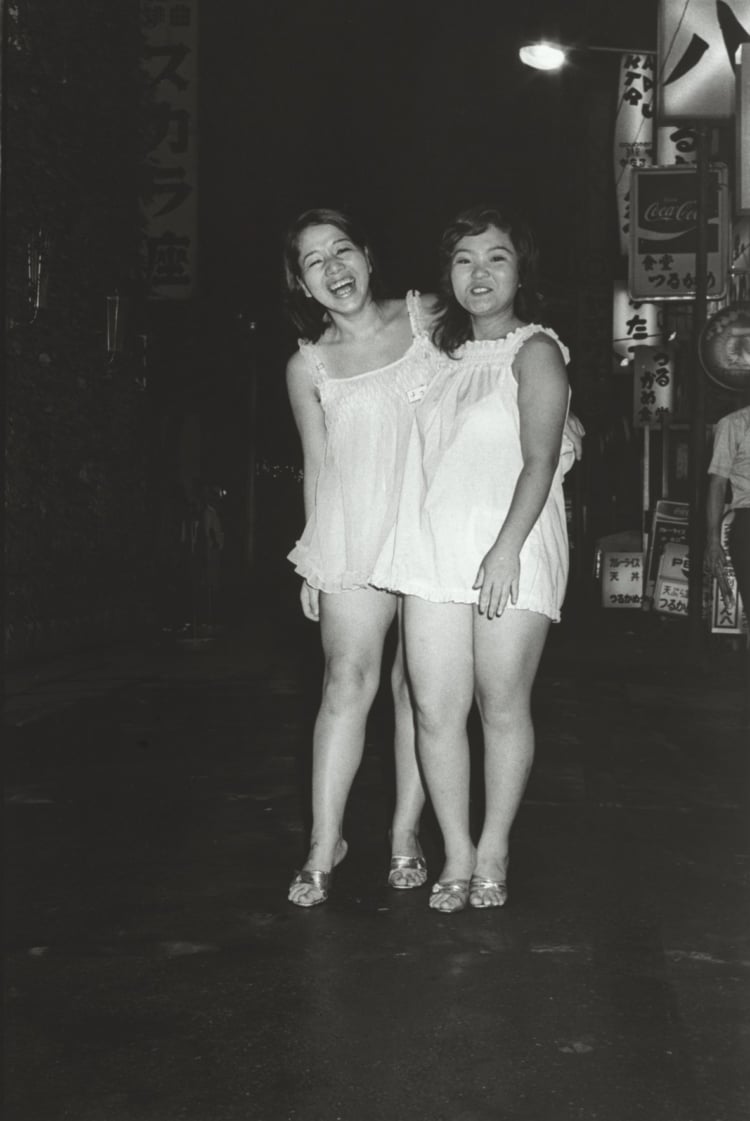
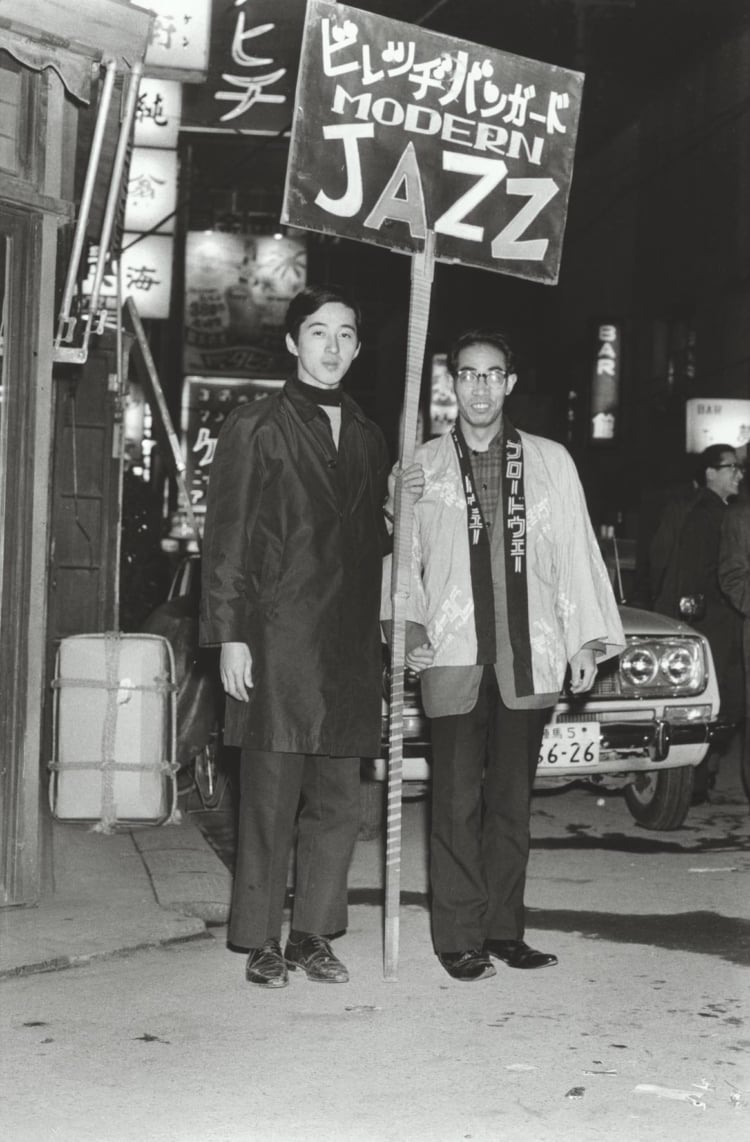
Watanabe Katsumi, c.1980s, courtesy Andrew Roth Inc, New York
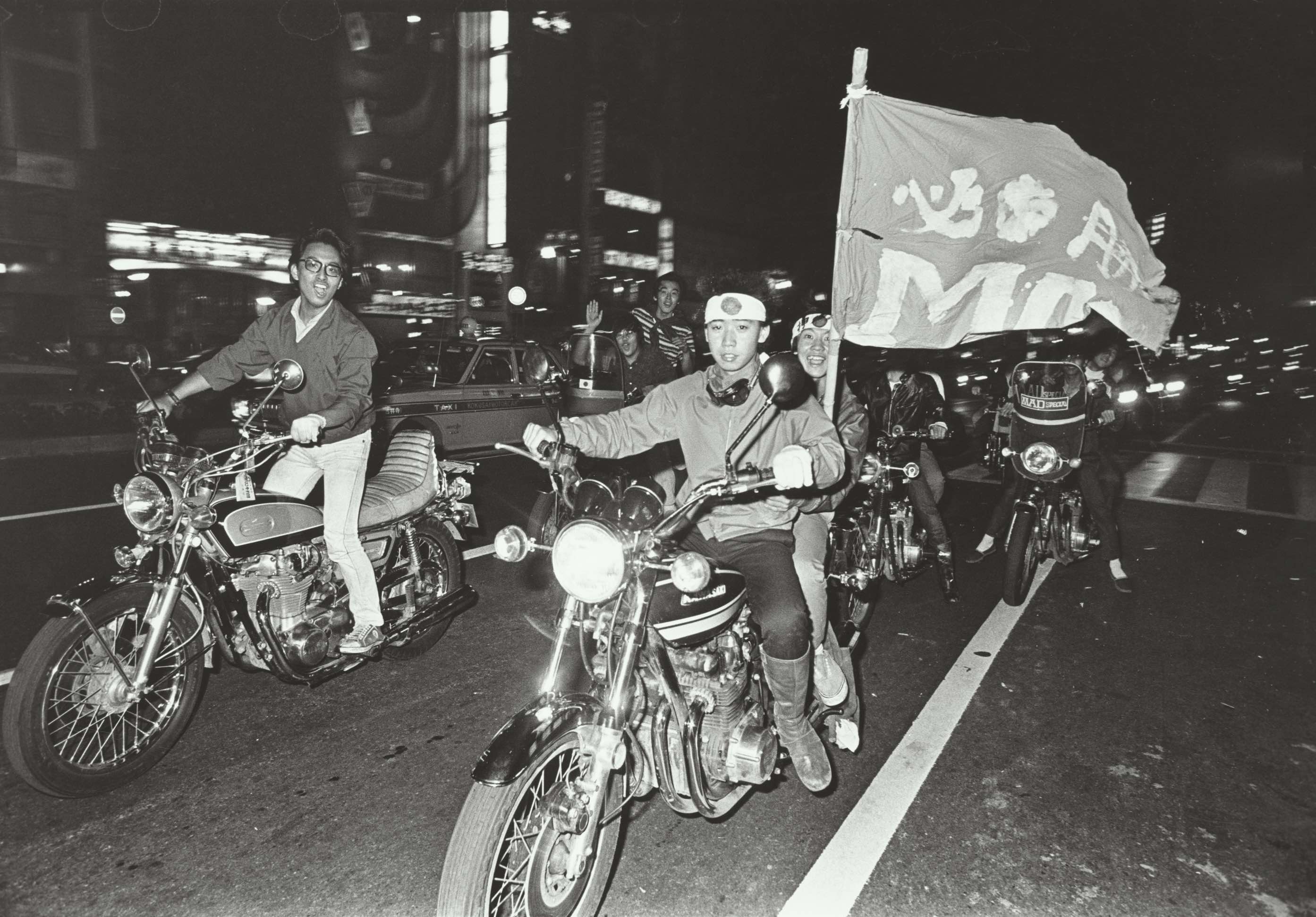
Watanabe Katsumi, c.1980s, courtesy of Andrew Roth Inc, New York
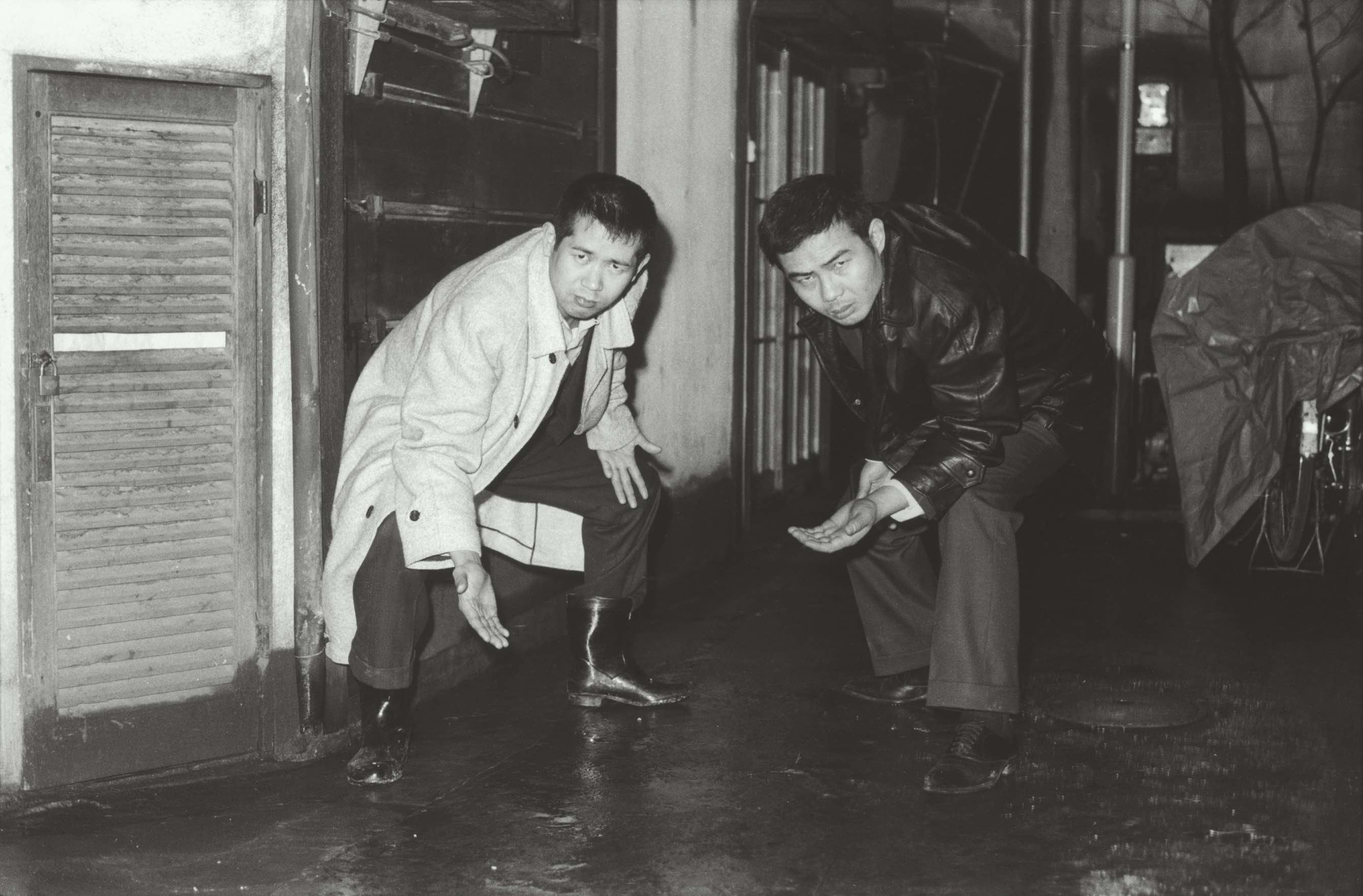
Watanabe Katsumi, c.1980s, courtesy of Andrew Roth Inc, New York
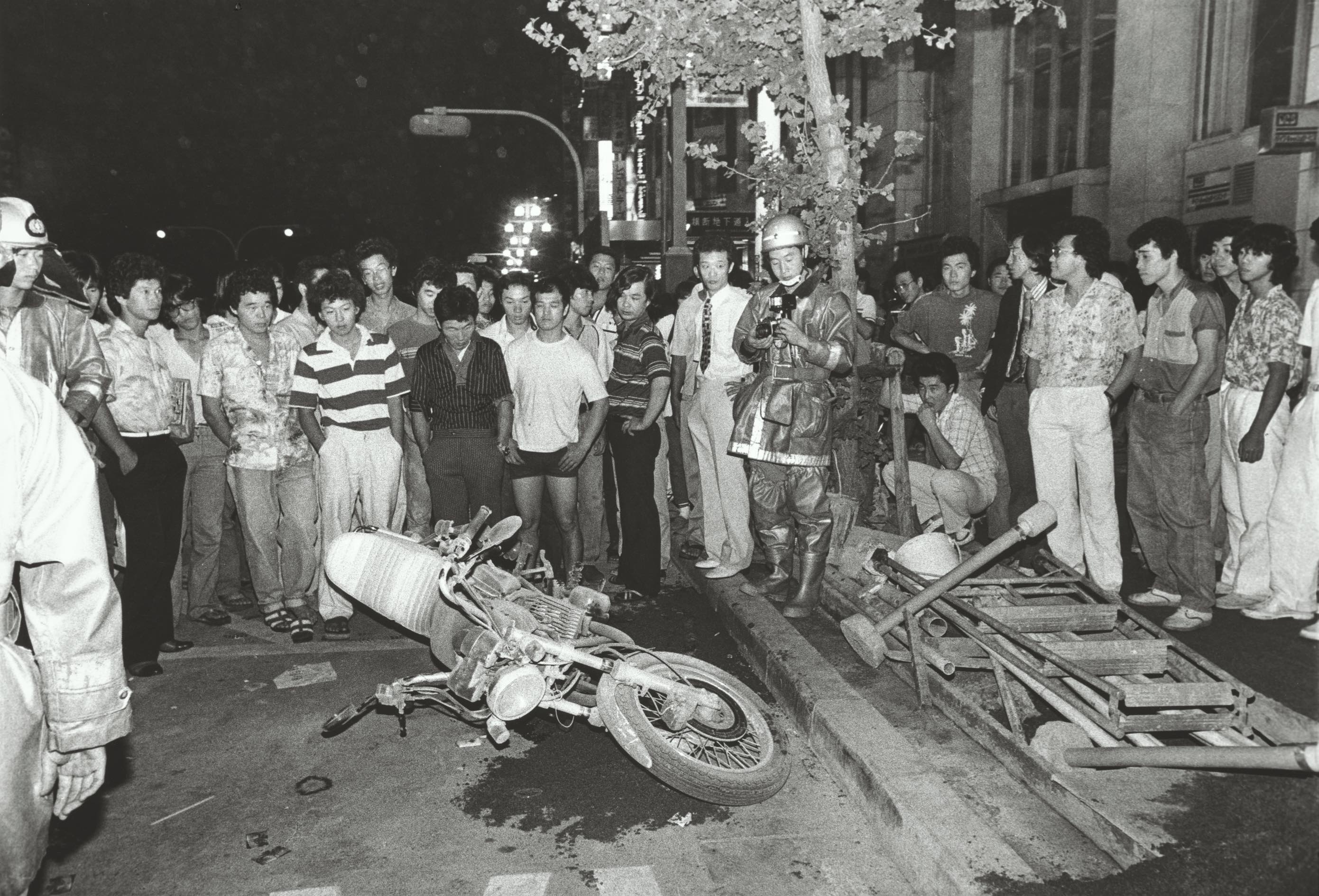
Watanabe Katsumi, c.1980s, courtesy of Andrew Roth Inc, New York
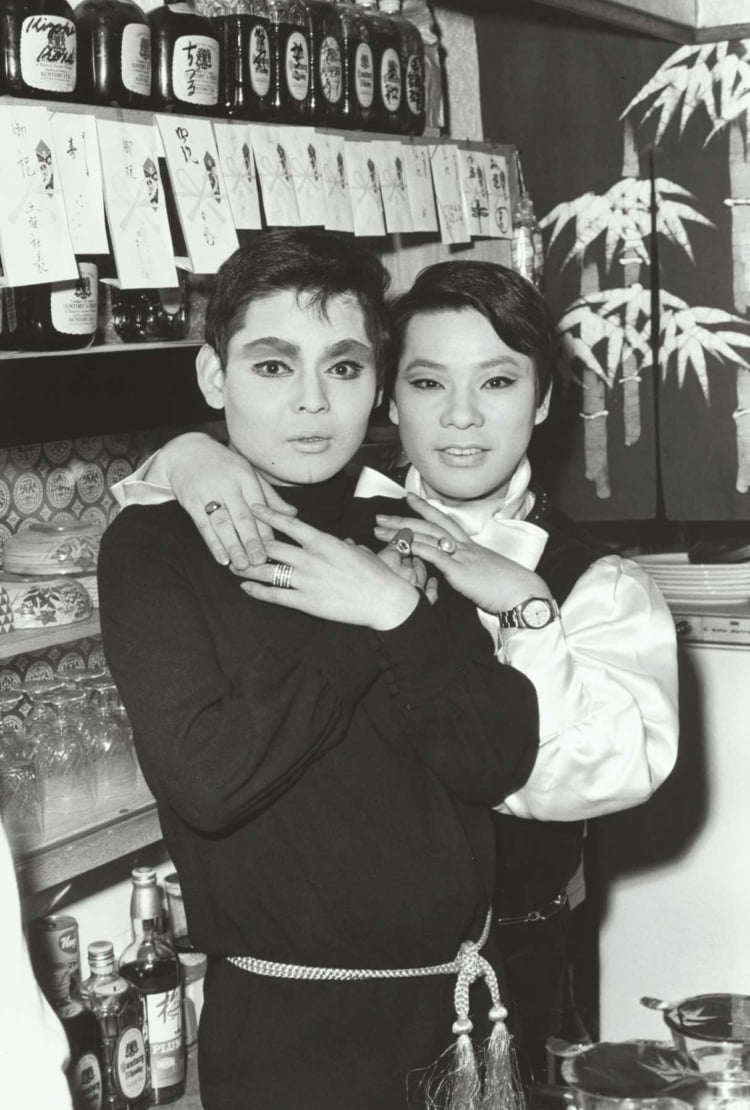
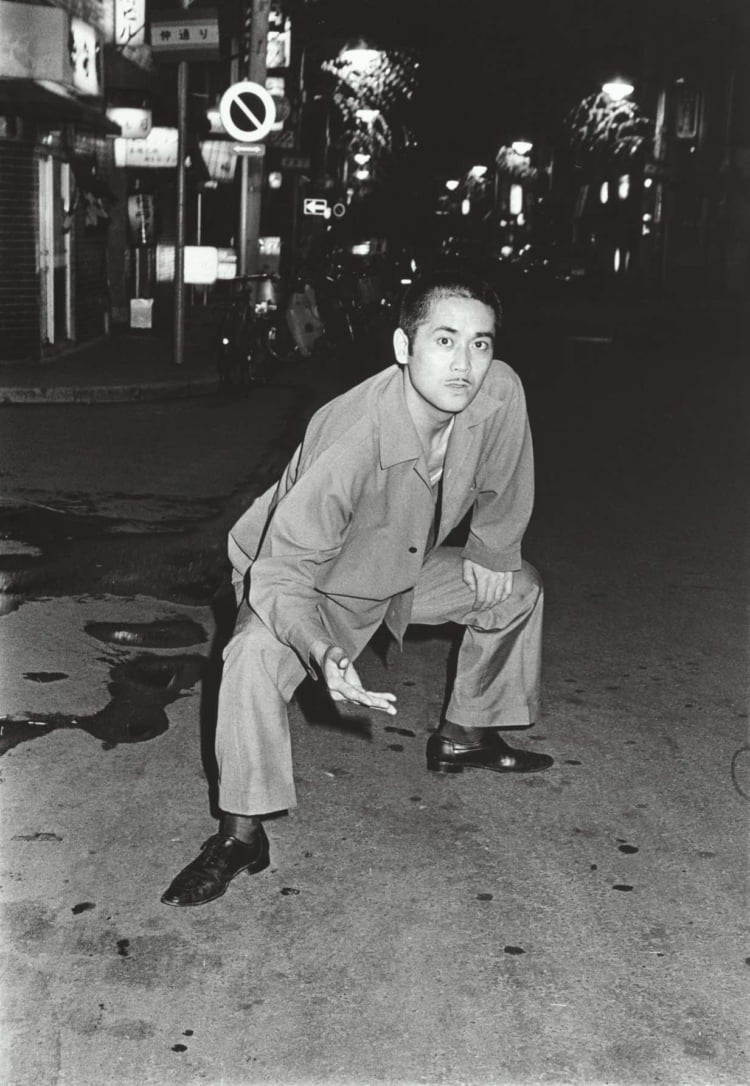
Watanabe Katsumi, c.1980s, courtesy Andrew Roth Inc, New York
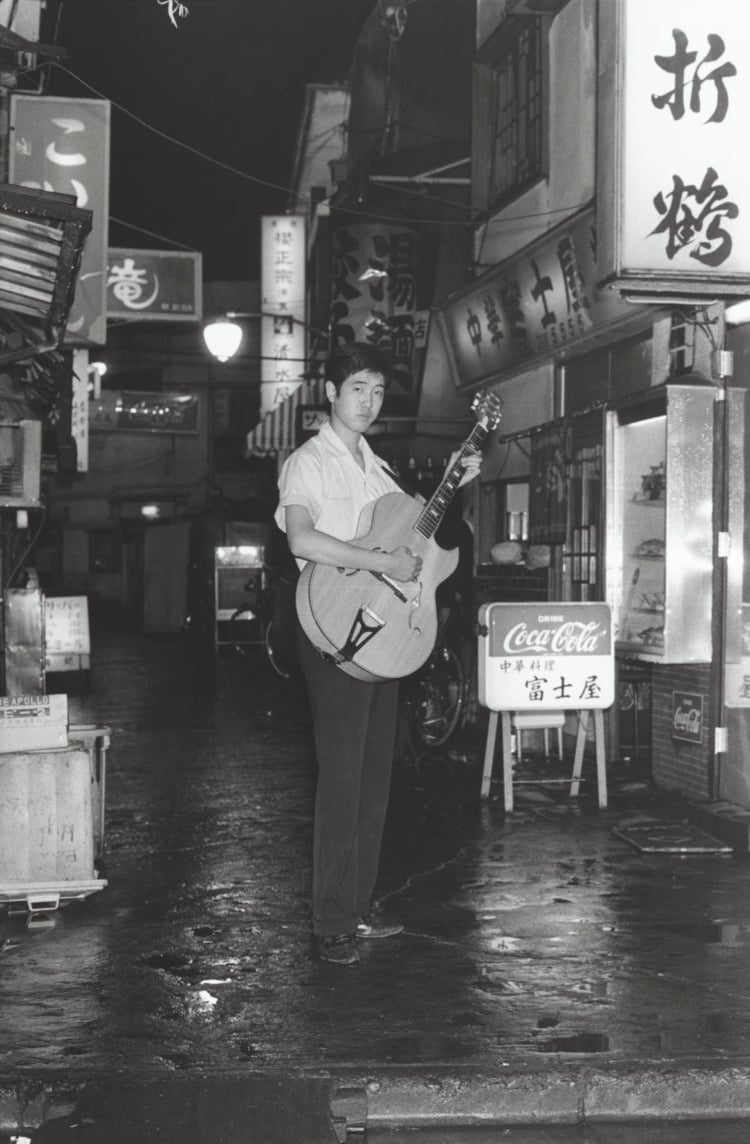
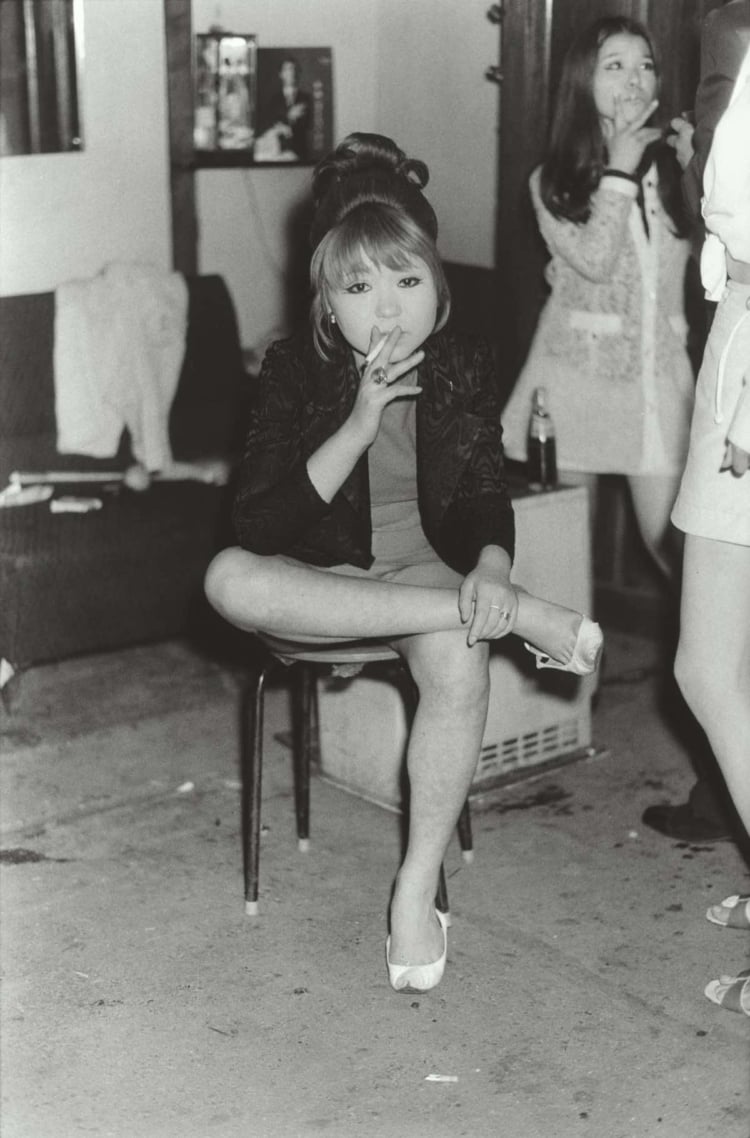
Watanabe Katsumi, c.1980s, courtesy Andrew Roth Inc, New York
TRENDING
-
The Tattoos that Marked the Criminals of the Edo Period
Traditional tattoos were strong signifiers; murderers had head tattoos, while theft might result in an arm tattoo.

-
Paris, Tokyo: Robert Compagnon
With his co-chef and talented wife, Jessica Yang, Robert Compagnon opened one of the top new restaurants in Paris: Le Rigmarole.
 3:31
3:31 -
Chiharu Shiota, Red Threads of the Soul
Last year, more than 660,000 people visited the retrospective 'Chiharu Shiota: The Soul Trembles' exhibit at the Mori Art Museum.

-
‘Before Doubting Others, Doubt Yourself. Who Can Truly Say a Dish Isn’t What It Used to Be?’
In ‘A Non-Conformist’s Guide to Surviving Society’, author Satoshi Ogawa shares his strategies for navigating everyday life.

-
The Story of Sada Yacco, the Geisha who Bewitched Europe
Described by Dazed magazine as the first beauty influencer, she has been restored to her former glory since 2019.

